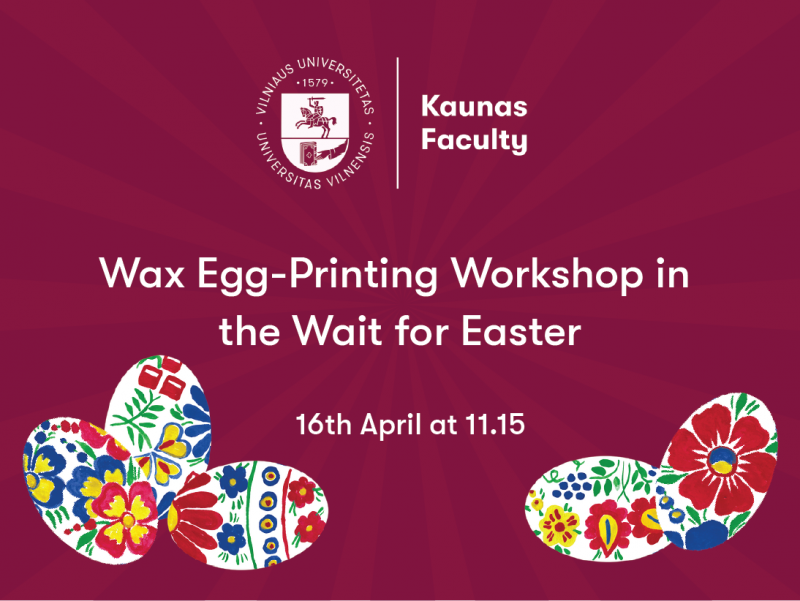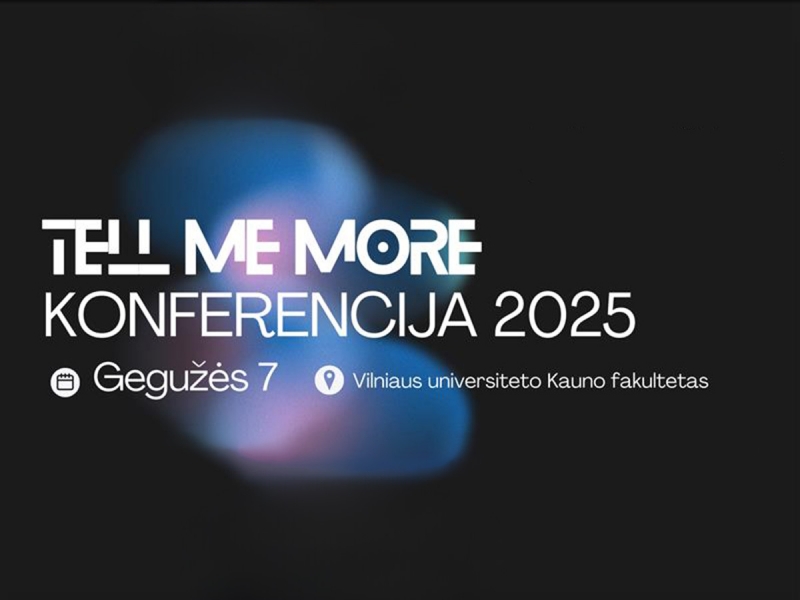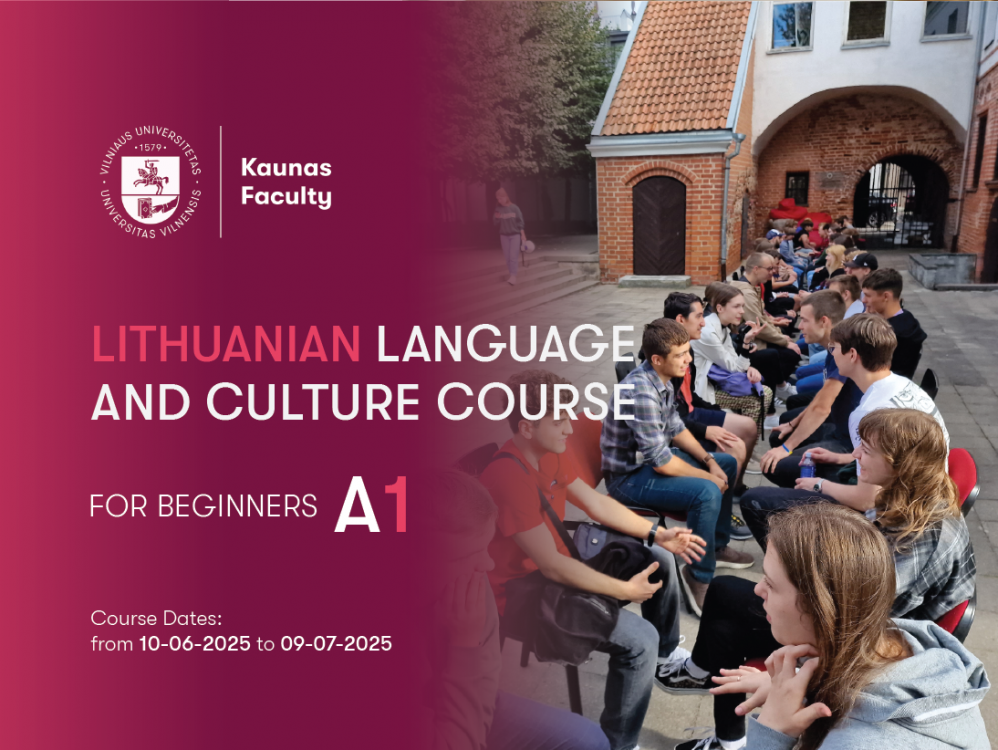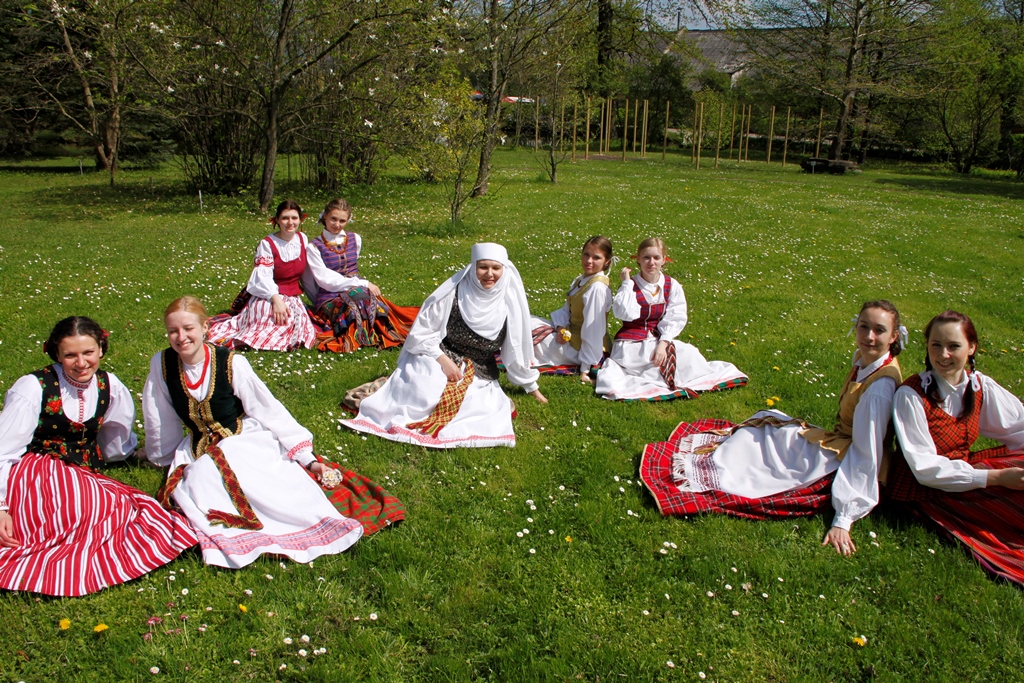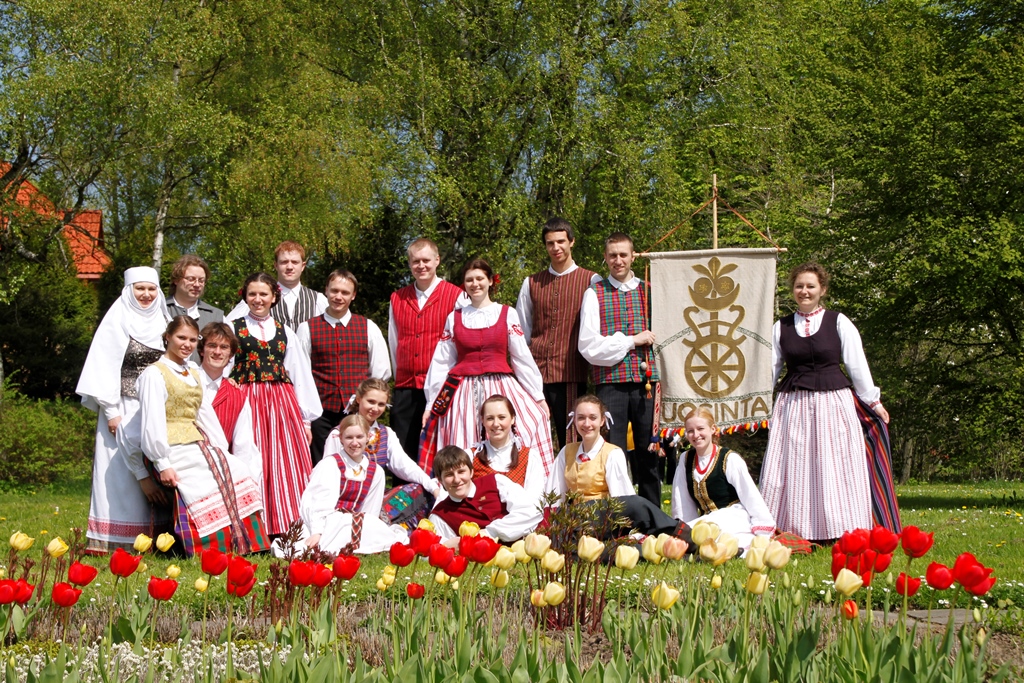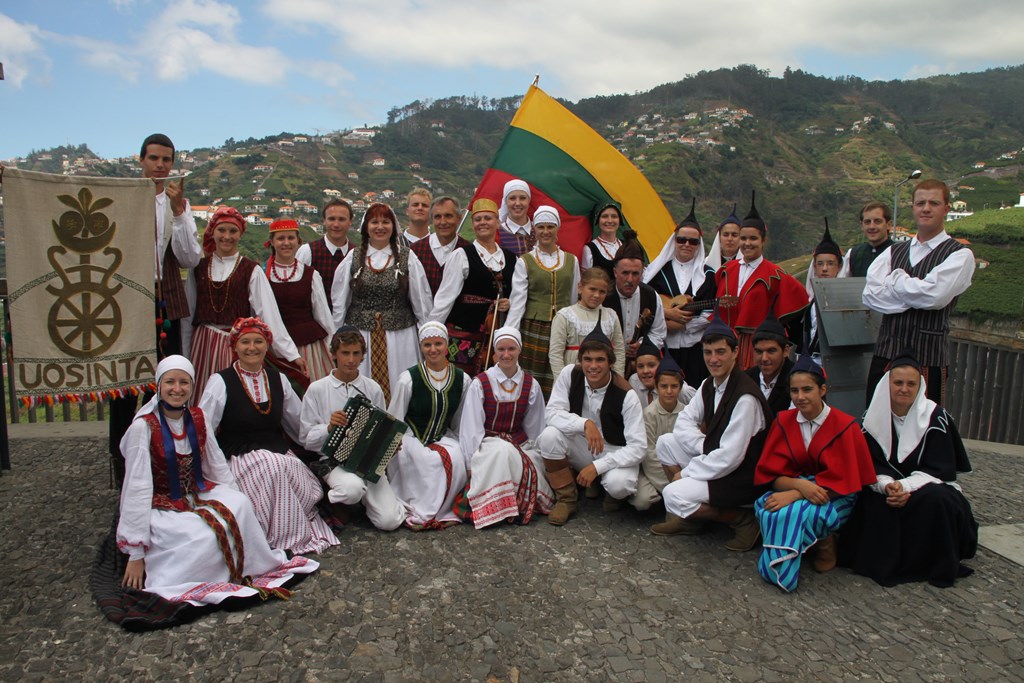2014: the 50th year of Vilnius University in Kaunas
Kaunas faculty of Vilnius University is located in the second-largest city in Lithuania after Vilnius, it was established in 1964 as an alternative in Humanities to the in those days popular technical institutions of higher education. The establishment was entitled Vilnius University Kaunas Faculty of General Sciences where only evening form of studies were provided since the faculty did not own any premises at that time. The Faculty was born out of the idea that it would only offer general, fundamental sciences in the field of Humanities, while the speciality studies would be continued on the extramural level. However, in 1984, the Faculty moved to the current location in the Kaunas Old Town and became capable of developing different forms and directions of study. In 1989, the Faculty launched full-time studies and became the Vilnius University Kaunas Faculty of Humanities. In 2017, the name was changed to Kaunas Faculty.
The Faculty has had different titles:
1964 – 1966: Vilnius University Kaunas Faculty of General Sciences
1966 – 1989: Vilnius University Kaunas Evening Faculty
1989 – 2017 : Vilnius University Kaunas Faculty of Humanities
2017 – to date: Vilnius University Kaunas Faculty
History of the VU KnF architectural ensemble
In 1984, after a decade-worth of restoration and repair works, the Faculty settled down in one of the oldest locations in the Kaunas Old Town, i.e. two cozy Kaunas Old Town blocks on the bank of the Nemunas river. The premises of the third block are being restored.

The history of this particular location in the Kaunas Old Town is closely related to the existence of the Lutheran community in Kaunas. Stone residential structures that later formed the Faculty’s complex were built in 16th-17th centuries. The Western block served the purpose of the royal Kaunas custom-house in the 5th-6th centuries. Nearby, rich German merchants were building residential and farmhouses; the merchants became Lutherans after the Reformation in Germany. With the goal of establishing themselves in one location in the town, they gradually bought all the structures and lots of the Western block. One of the merchants – J. Naugardas – bought all the structures of the Western block, and after his death his son-in-law sold the structures to the Lutheran community. Currently, this building holds the Institute of Social Sciences and Applied Informatics. The adornment of the entire block (also called the Lutheran block) is the Evangelic Lutheran Church built in 1682-1683. The construction of the church was finished only after 200 years when the bell tower was built based on the architect Jokūbas Voleris’ project in 1860-1862.

Restoration of the Faculty’s ensemble of premises
This block hasn’t changed much throughout the decades or suffered any damage during fires and wars. The restoration works started in 1974, while in 1984, Vilnius University Kaunas Faculty was established here.
The most prominent building, i.e. the former Church’s consistory, holds the Faculty’s Dean Office. The Renaissance detail has been preserved during restoration, i.e. the window opening, gables, carved joists. The restorers did well in harmonising the old architecture with the renovated buildings and their parts. The two buildings merged in the Eastern block have preserved the narrow Medieval street, the Romance brick and stone cellars; one of the classrooms was plastered the old way, i.e. by mixing lime and salt. The preserved half-timbering stairwell gives evidence that the premises belonged to German townsmen. The best known building of this block is the house of Napoleon with a unique Renaissance gable made famous by the legend dating back to the 19th century when Napoleon’s army ravaged the Kaunas town. This is the house where the French troops stored guns and gunpowder. As the legend goes, one rainy June night was when Napoleon himself rode to the house to check on the troops and whether they have made the storehouse secure. During that night, heavy lightings started, and Napoleon was forced to stay the night. Currently, the restored Napoleon’s house holds the Institute of Language, Literature and Translation Studies.



